Stanford’s Space Rendezvous Lab Unveils First Space-Tested Autonomous Navigation for Satellite Swarms
Advanced Visual-Based Navigation System for Satellite Swarms Passed the Space Test
Researchers from Stanford University's Space Rendezvous Lab have completed the first in-orbit test of a prototype system meant to manage a swarm of small spacecraft using visual information provided via a wireless network. This improvement could result in more precise, flexible, and autonomous satellite operations, potentially replacing huge, expensive individual satellites with coordinated teams of smaller ones. Simone D'Amico, an associate professor at Stanford and the study's principal author, stated that the milestone publication represents 11 years of research focused on enhancing distributed autonomy in space. He stated that Starling is the first example of an autonomous swarm of satellites. The StarFOX test successfully used visual information from onboard cameras to steer four tiny satellites simultaneously. The researchers presented their findings at the Small Satellite Conference in Logan, Utah.
D'Amico remarked on his team's decade-long challenge, pointing out that their support for distributed space systems is now generally acknowledged. He stated that NASA, the Department of Defense, and the United States Space Force realized the advantages of coordinating multiple assets, which provide increased accuracy, coverage, flexibility, and resilience, as well as the ability to achieve goals that a single spacecraft cannot. Navigating a swarm of satellites has major technical problems. Current systems rely on the Global Navigation Satellite System (GNSS), which needs regular contact with Earth-based systems. Beyond Earth's orbit, the Deep Space Network is used, but it is relatively slow and difficult to scale. Furthermore, neither solution solves the issue of avoiding "non-cooperative objects" like space debris, which could harm or kill satellites.
D'Amico underlined the importance of a self-contained navigation system that provides great autonomy and robustness to the swarm. Today's smaller cameras and hardware have fewer technological requirements and cheaper costs, which has accelerated advancement. The StarFOX test made use of well-proven, low-cost 2D star trackers often seen on satellites. D'Amico pointed out that angles-only navigation requires no additional gear for small, low-cost spacecraft, and that sharing visual information across swarm members creates a novel distributed optical navigation capability. StarFOX collects visual data from separate cameras on each satellite in a swarm. The technique uses the background stars as reference points, similar to how mariners used sextants, to calculate bearing angles for satellite navigation. These angles are analyzed onboard using accurate physics-based models to predict the satellites' locations and velocities about their orbiting planet, such as Earth, and maybe other planetary bodies such as the Moon or Mars.
StarFOX uses the Space Rendezvous Lab's Absolute and Relative Trajectory Measurement System (ARTMS), which includes three advanced space robotics algorithms. The Image Processing program recognizes and tracks several targets in images, computing target-bearing angles to estimate the motion of objects, including space debris. The Batch Orbit Determination algorithm uses these angles to calculate each satellite's initial orbit. Finally, the Sequential Orbit Determination method refines the swarm's trajectory by analyzing additional photos over time, with the potential to integrate with onboard autonomous guidance, control, and collision avoidance systems.
Data transferred via an inter-satellite wireless network enables StarFOX to determine absolute and relative locations and velocities with high accuracy, avoiding GNSS. Under difficult conditions, a single observer satellite maintained a relative location accuracy of 0.5% of the actual distance, which improved to 0.1% with many observers. Due to its encouraging results, NASA has extended the project, now known as StarFOX+, until 2025 to further enhance these capabilities and advance space situational awareness and location technology.
Editor’s Note:
Stanford's Space Rendezvous Lab has successfully tested a breakthrough navigation system for satellite swarms. Using 2D cameras and powerful space robotics algorithms, the team demonstrated the capacity to manage several satellites independently using only visual information. This unique strategy, which was recently tested in space for the first time, represents a substantial advancement in satellite technology and opens up new avenues for space exploration and management.
Skoobuzz commends the Space Rendezvous Lab for its groundbreaking work in revolutionizing space technology.







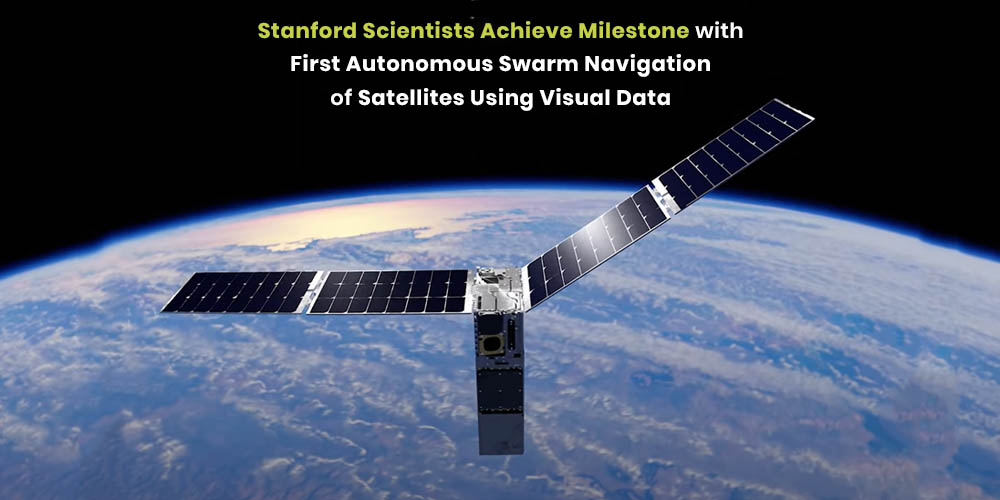
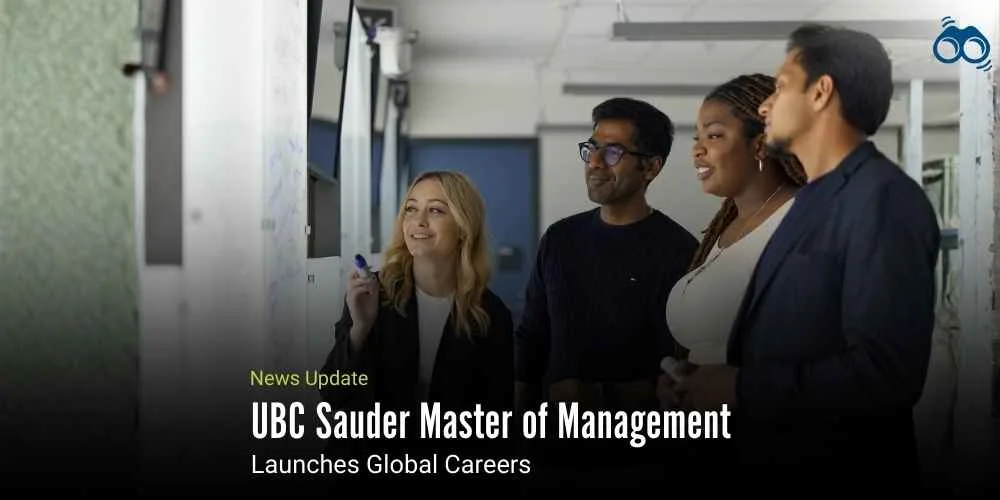
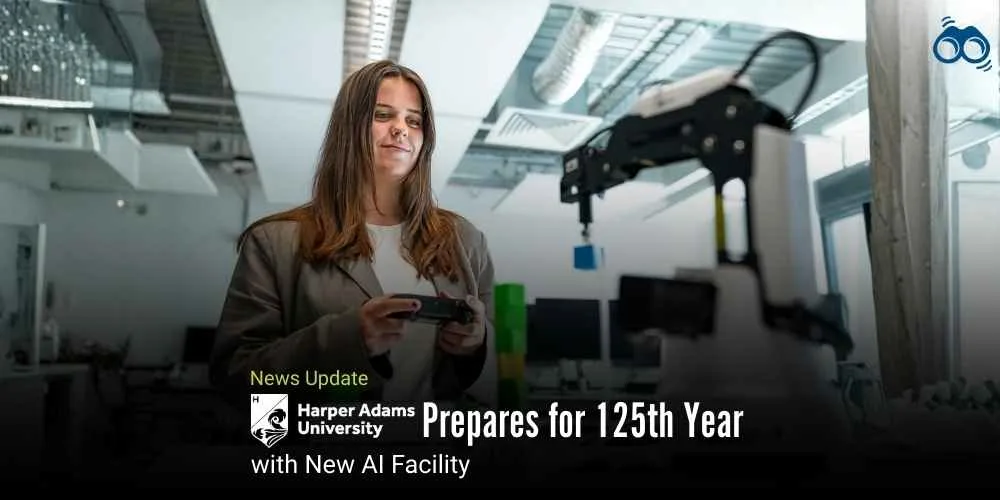
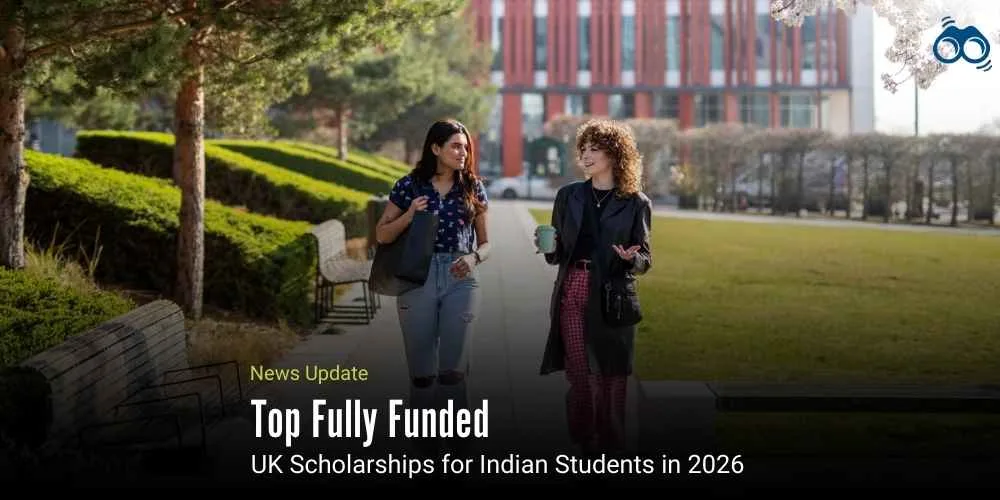
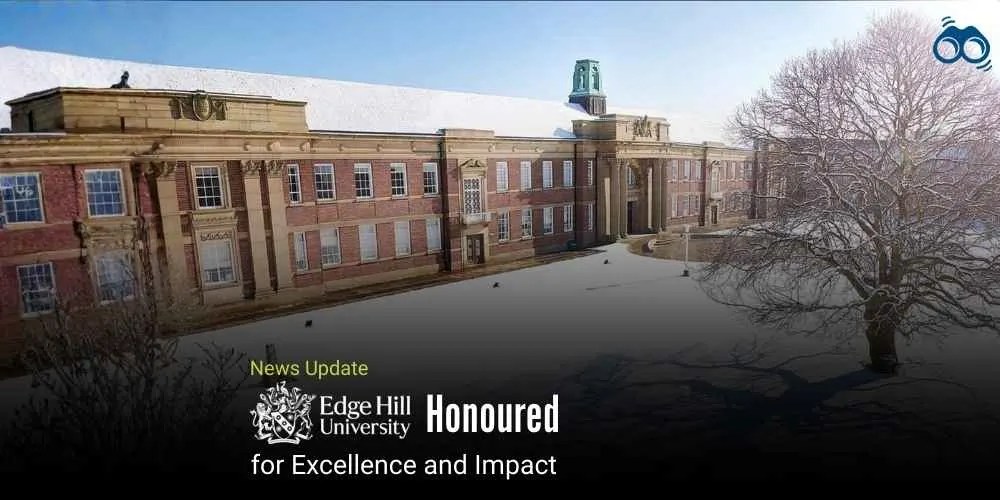


0 Comments (Please Login To Continue)